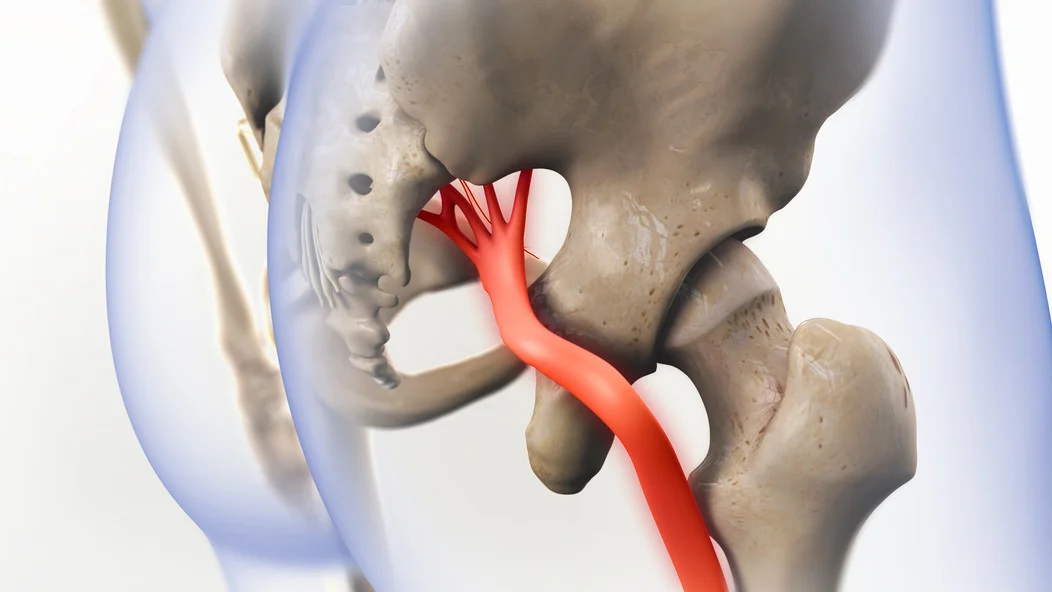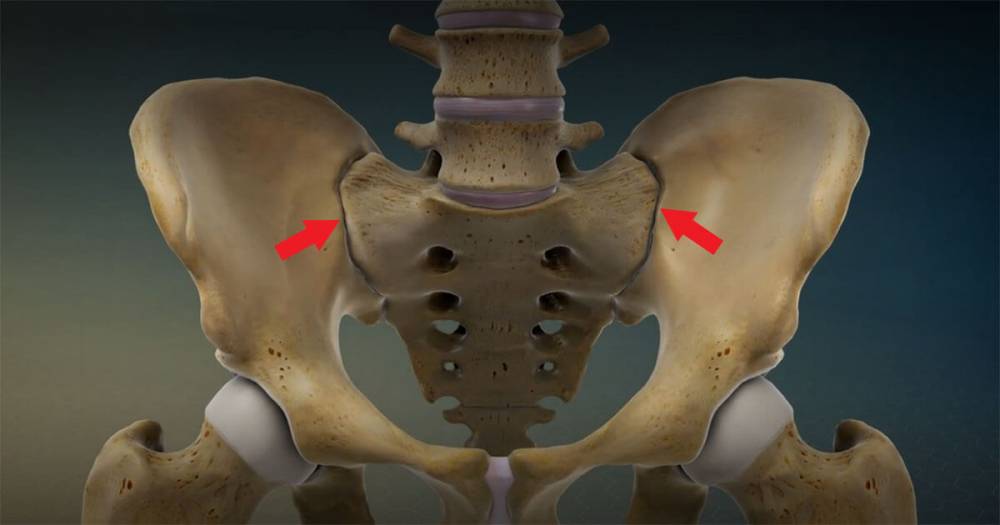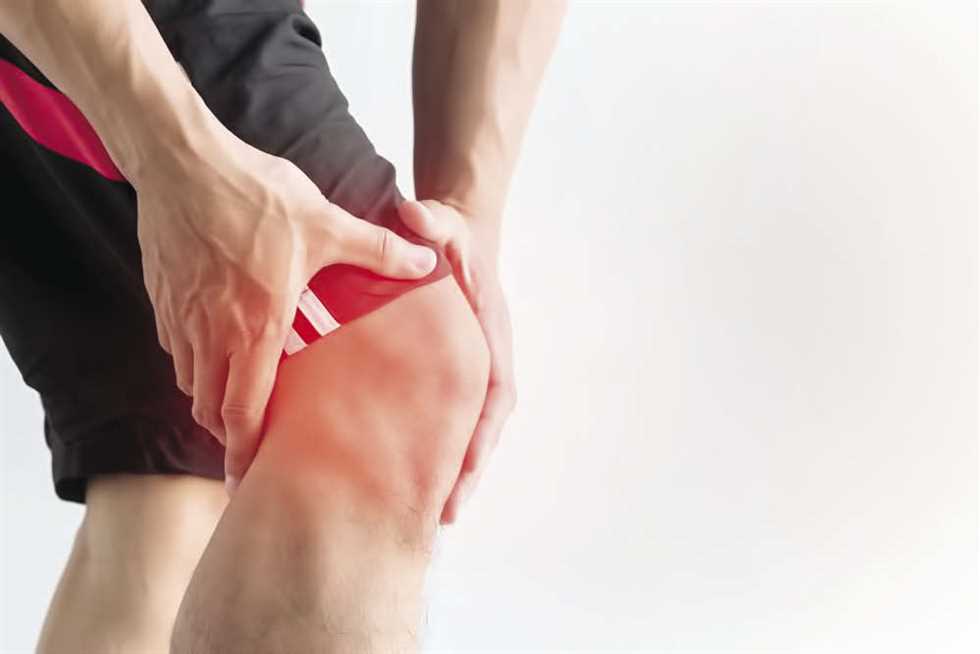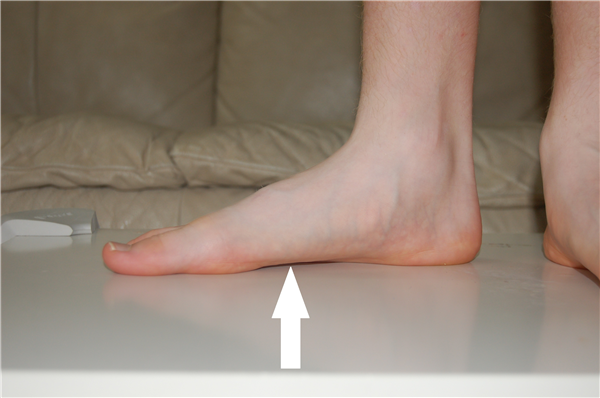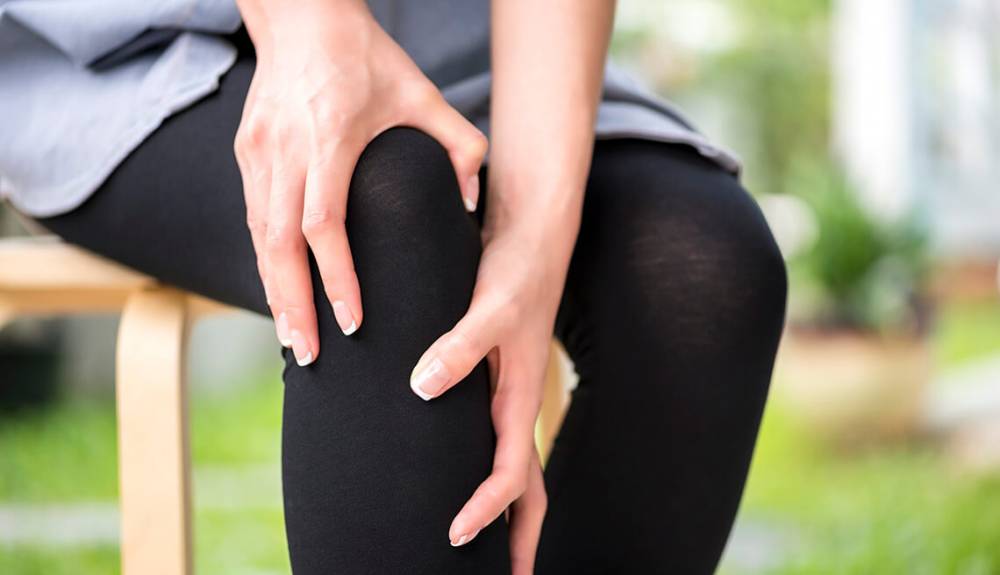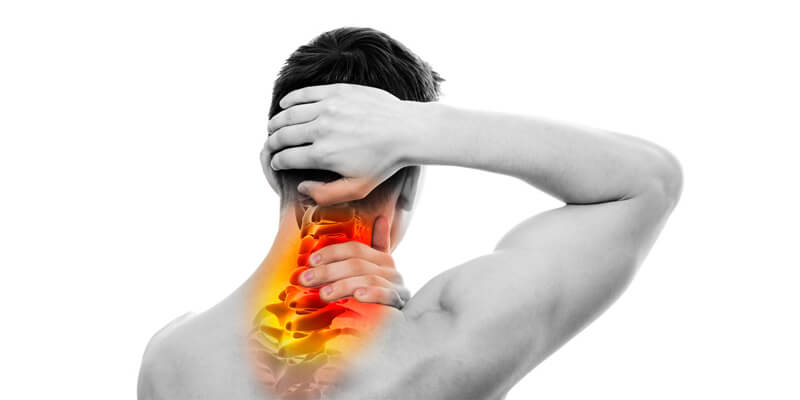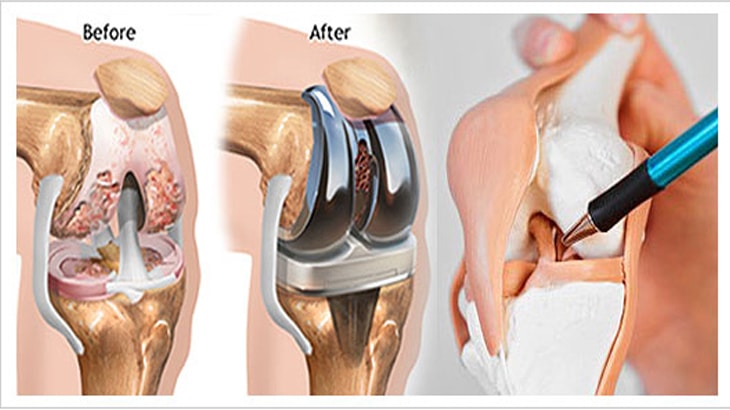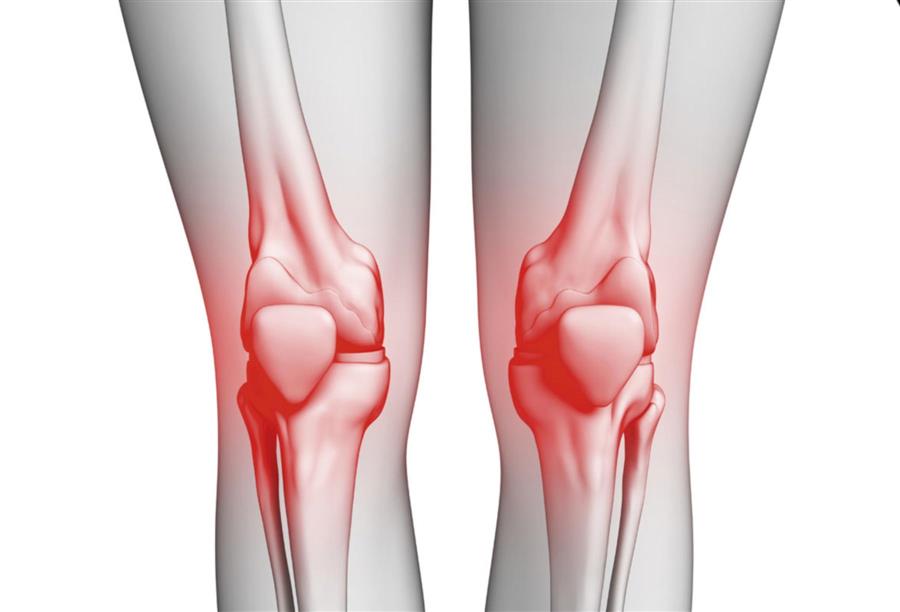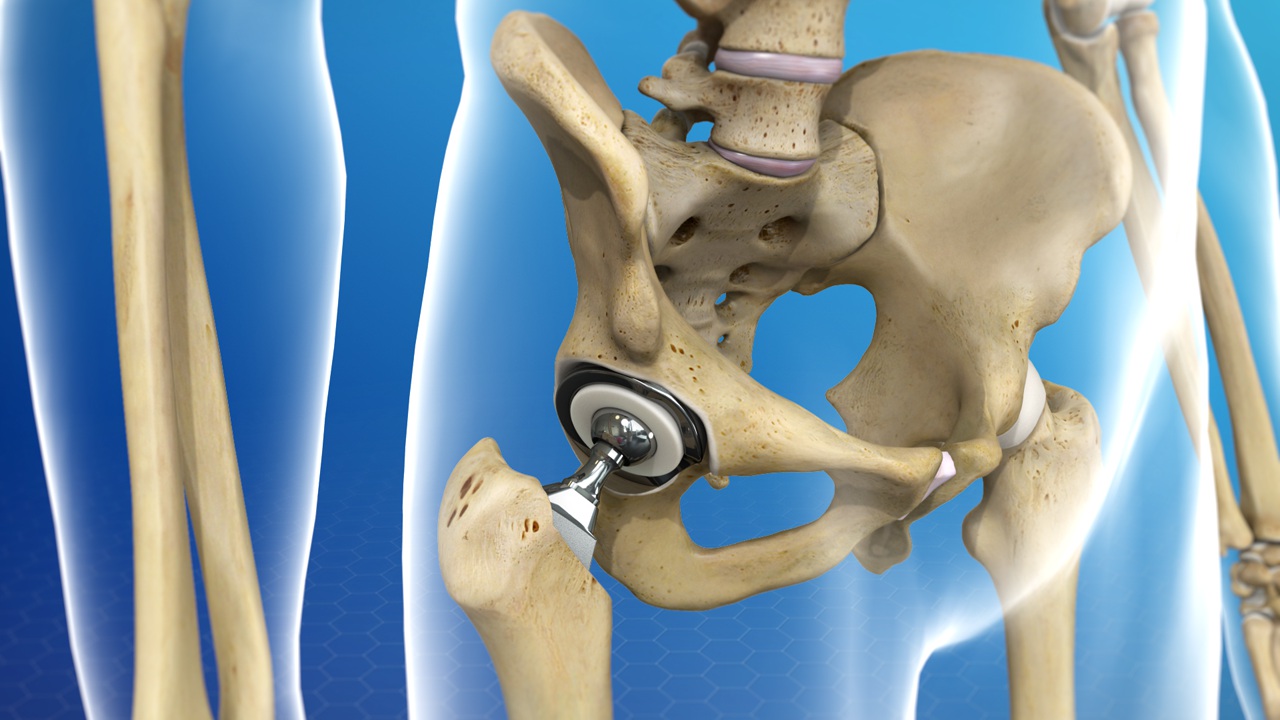Symptoms of gout and salts
Many symptoms begin to appear on a person, from which he infers that he has gout, but many people confuse gout symptoms with some other diseases, so let us read the following article in order to learn about the differences between symptoms and how to distinguish them.
Symptoms of gout and salts
Many people greatly confuse the symptoms of both gout and salts and are not able to tell the difference between them, and here is some clarification regarding the symptoms of each in the following lines:
Gout
It is considered a type of arthritis that appears mostly in the joint of the big toe, the knee, or some other areas, and this causes many infections that are accompanied by severe redness and heat in the joint area, in addition to very severe pain.
This occurs as a result of the accumulation of uric acid in the joint and then breaking it down within it, and this disease is treated with pain relievers and some healthy habits that reduce the exacerbation of symptoms.
Salts
In some other cases, the percentage of uric acid salts is high in the human body without the occurrence of any infections, and this is not classified as gout, and no medication should be prescribed to drain salts unless the rate of its rise is more than 13 or if it is more than 10 with the person suffering from kidney disease or many stones of uric acid in the kidneys.
Gout treatment with hot water
Hot water can contribute greatly to calming the symptoms of gout and reducing inflammation and severe swelling that affects one of the joints, and this is done by placing hot water compresses on the affected area or taking a warm bath.
Where hot water stimulates blood circulation and helps reduce the amount of uric acid that is present in the joint, and it is better that the water has a moderate temperature and that the body can bear it so that the patient does not experience any other problems.
But doctors prefer to use cold water in the treatment of gout because hot water is appropriate only if the inflammation is not exaggeratedly severe, and the patient can use both cold and hot water alternately from another time.
Symptoms of gout in the leg
In some other cases, the percentage of uric acid salts is high in the human body without any infections
This is not classified as gout, and no medication should be prescribed to drain salts unless the rate of its rise is more than 13 or if it is more than 10 with the person suffering from kidney disease or many stones of uric acid in the kidneys.
- The presence of severe pain in the joints, especially in the joint of the big toe, in addition to the fact that it may affect many other joints such as the ankles, knees, elbows, wrists, and fingers of the hands.
- Even after the attack has ended, the patient will be uncomfortable for a period of a few days to weeks.
- Attacks are more severe and painful each time than the previous one and last longer.
- Noticing very severe infections in the area of pain accompanied by swelling and heat in the skin surrounding the affected joint.
- The patient’s movements become limited and he cannot do the slightest effort, in addition to his inability to control his movements normally.
Symptoms of gout in the back
Gout affects individuals as a result of the accumulation of large amounts of uric acid in the lower extremities of the body, and the earlier the matter is detected and dealt with, the sooner this will protect us from exposure to many serious complications that are difficult to deal with.
When we are late in receiving appropriate treatment for gout, the matter develops until it causes the formation of hard deposits under the skin known as tophi, and as the disease progresses and develops more, these deposits begin to form in other areas such as the bones of the skull, spine, and rib cage, and this is accompanied by many symptoms such as
- The presence of severe back pain that is concentrated in the middle vertebrae and the lower part of the spine (the sacral vertebrae).
- Exposure to severe neck pain.
- The presence of pain in the thigh.
- Feeling sluggish all the time.
- A feeling of numbness and tingling.
- Inability to control the bladder and bowel movement.
- Poor sensation in some areas such as the legs, back, and thigh area.
Symptoms of gout in the foot
Gout affects the joints as a result of the concentration of large amounts of uric acid around one of the joints and its accumulation of crystals that cause inflammation and severe pain for a person, and it is most likely in the joint of the big toe, but it is not limited to that, but can be present in many other areas.
Due to the severe pain, it causes makes the patient unable to lead his life normally at all and affects his movement over time. Doctors prescribe several medications and analgesics that reduce the severity of symptoms and prevent disease progression in the long run.
Is walking useful for patients with gout?
A gout patient must be aware of the need to keep his body in a state of continuous activity to mitigate the developments that can damage the joints in the long term, in addition to the fact that this matter is important in maintaining the health of the heart and blood vessels.
There are many incorrect sayings largely circulating among people, which make them believe that they should avoid walking and any other activity because it may cause serious harm to them, but this is unfounded, and walking is very beneficial for gout patients, provided that they do not suffer from painful gout.
Is gout a chronic disease?
Many people ask a question about whether can gout be cured, and whether it is possible to get rid of it permanently, and the answer to this question is that gout is a chronic disease and there is no definitive treatment for it, but some medications are taken that reduce its symptoms and prevent its development in the long term.
What foods are prohibited for gout patients?
Gout patients have to be very careful about the quality of the food they eat daily, and this is due to the presence of a lot of foods that cause a significant increase in symptoms and stimulate inflammation, and those foods that contain large amounts of purine, which causes an increase in acid levels. uric in the blood
Is chicken forbidden to a gout patient?
One of the meats that gout patients are prevented from eating is geese and ducks, due to the fact that they contain a high percentage of purines that cause symptoms to be greatly stimulated. As for chicken meat, there is no risk for gout patients in eating it, and therefore it is the ideal solution for them.
Does lentils cause gout?
Despite the many benefits that lentils contain because they contain a large percentage of fiber and protein, they pose a great danger to gout patients because they contain a large percentage of purine, which increases the accumulation of uric acid in the blood.
Does orange increase gout?
Oranges are prohibited for gout patients because they contain fructose, which increases purines in the body and stimulates gout symptoms.
Does coffee increase gout?
On the contrary, coffee has a major role in alleviating the severity of symptoms significantly, in addition to the fact that consuming it daily reduces the incidence of gout, but you must be careful if you suffer from other diseases that do not suit it.
Does drinking water treat gout?
Drinking large amounts of water and keeping the body hydrated has a very big factor in reducing the symptoms of gout, and this is due to reducing the concentration of uric acid in the human body because it stimulates the kidneys to do their job well and get rid of excess uric acid during the excretion of urine.


